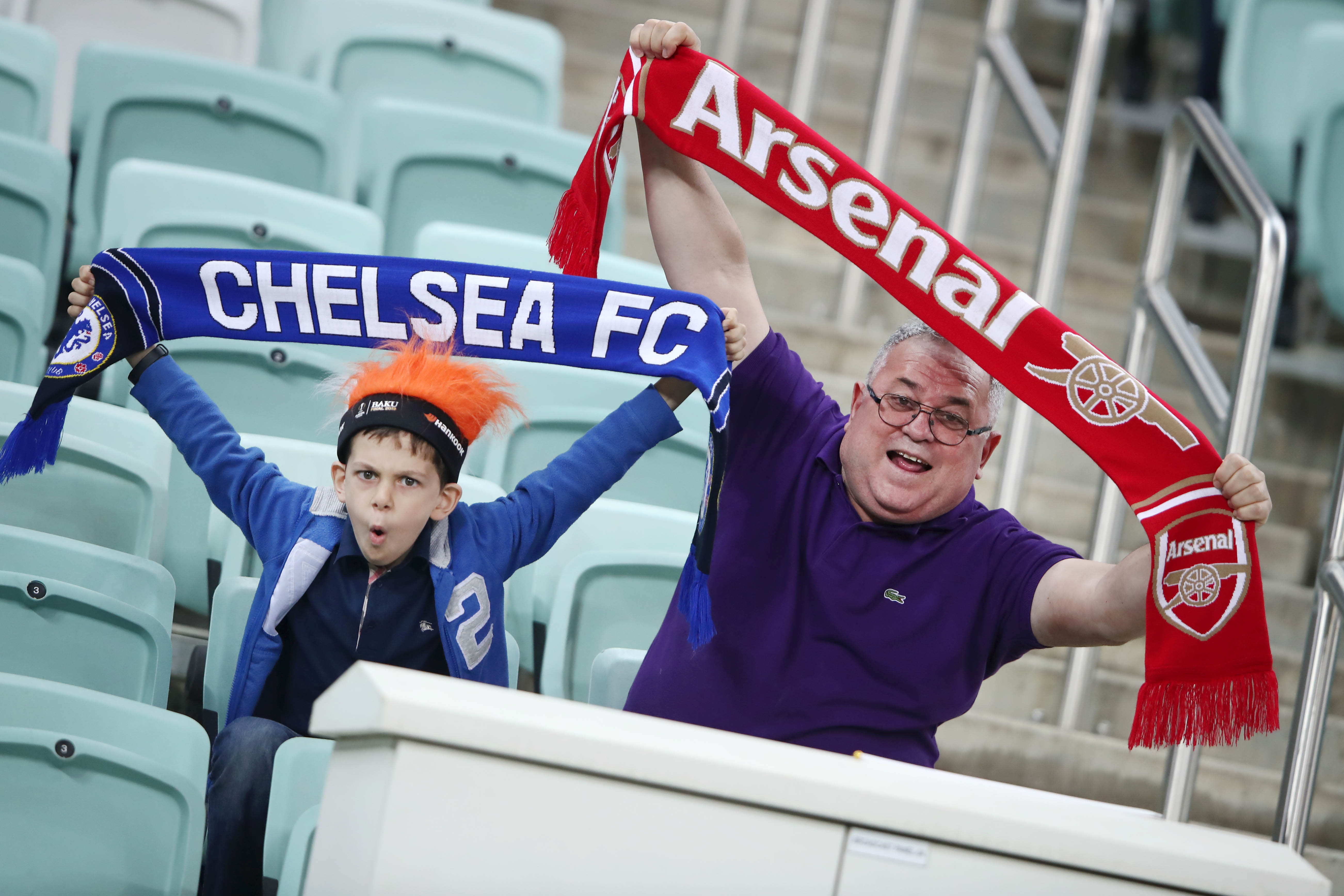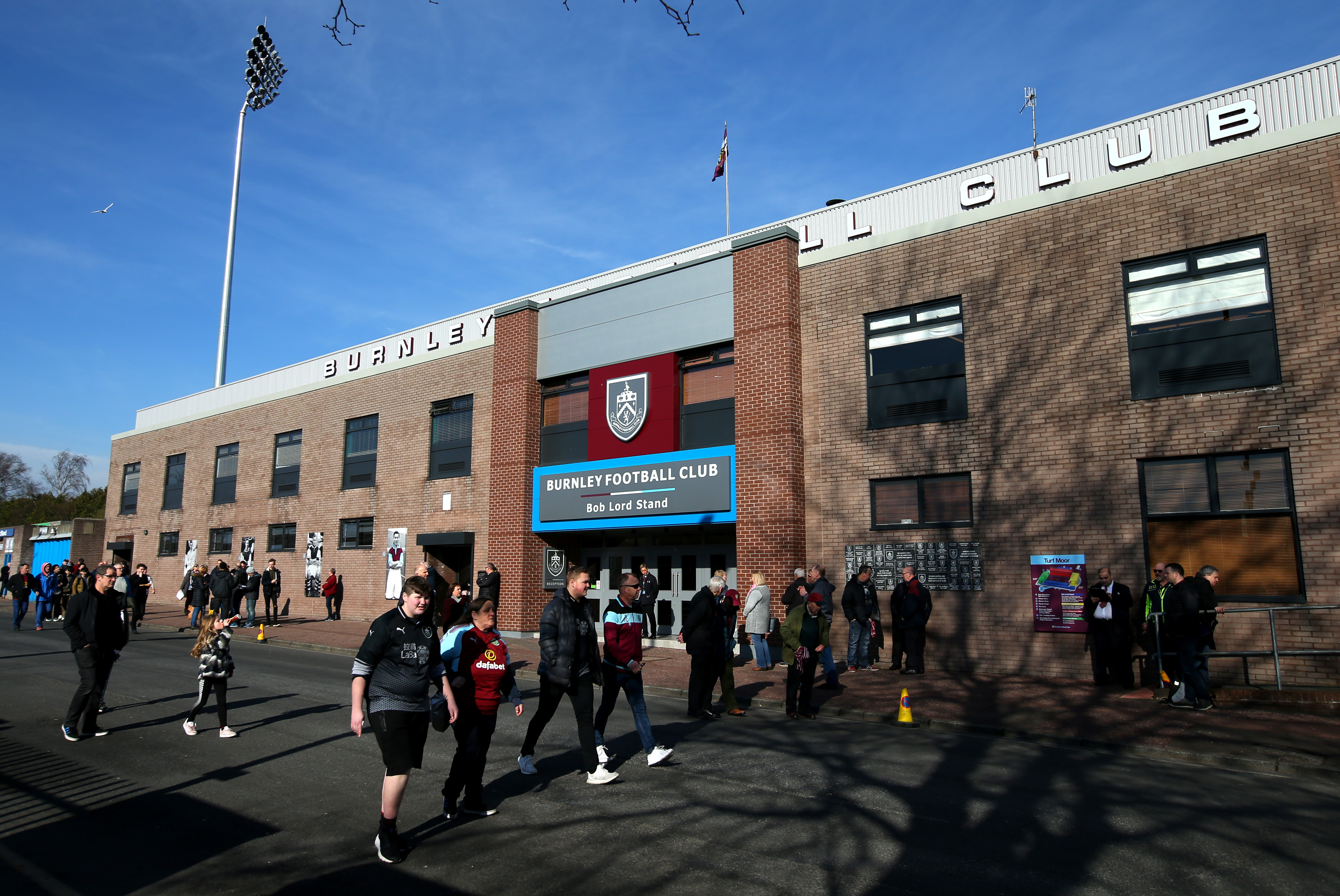When Manchester United rolled over Newcastle United at St. James’ Park in the late kickoff on the night of 4 March 2015, they managed to maintain their 4th place in the league and were set to enter a tough period of their season. Tough because they would be facing Spurs, Liverpool, reigning Champions, Manchester City, Champions elect, Chelsea and Everton all in the course of 45 days. United are through the first couple of these fixtures having bagged the maximum complement of 6 points from them. The success is in so small part due to a player who had been much maligned last season – Marouanne Fellaini.
Fellaini moved from Everton to Manchester United when David Moyes brought along one of his best attacking players from Merseyside to Manchester. Yet, the deal seemed to be a panic one and a very highly priced one at that – 28 million pounds was a lot of money for a player who had promise but not enough performances to show for it at the big stage. Everton were a firmly mid table club during Fellaini’s 5 year stint at Goodison Park, going about their season without much fanfare, staying in the top 10 and playing their fair share of matches in the Europa League. The only hope United fans had was that at least Fellaini linking up with his old manager might produce that bit of magic that United would need to sustain after the Ferguson era. Unfortunately for all parties involved, that did not happen and Moyes and Fellaini were both failures. Moyes lost his job at the club and if reports are to be believed, Fellaini would have met with a similar fate had he not managed to injure himself during the FIFA World Cup and thus become risky for any potential suitors. The big Belgian had shot to the top of almost all lists that headlined “Top 10 worst transfers in Premier League season” and the like. Things were looking really bleak for Fellaini and it may be fair to assume that even the player may have mentally prepared himself to moving to a club lower in the pecking order.
Louis van Gaal arrived at the club after a fairly successful World Cup campaign with Netherlands but he obviously did not consider Fellaini a part of his plans as he brought in Daley Blind and moved Carrick farther back to share CDM duties, a position where Fellaini had played under Moyes at United. In fact, the latter was a part of the reason for the player’s fall from grace. At Everton, Fellaini played higher up the pitch, usually as an attacking midfielder or even a No. 10. United had a plethora of No. 10s. Captain Wayne Rooney and Juan Mata headed that list and Shinji Kagawa was waiting in the ranks to take over from either of these two. LvG’s arrival spelled the end of Kagawa’s short, tumultous career at United but that would have still put Fellaini at third choice for the spot. Ander Herrera and Angel di Maria’s arrival further complicated and it was clear that there was no place for Fellaini in the starting lineup. As such, he was banished to the bench and bide his time. Every United supporter knew he was jetsam whom LvG would jettison at the first opportunity (read January transfer window).
In the middle of October and short on options due to injuries to key personnel, LvG was forced to substitute on Fellaini in the away game to West Brom. Fellaini probably knew this might be the only opportunity he would get and he played in accordance. He made direct runs at the defense, attacked the ball and in general made a nuisance of himself for West Brom midfielders. His efforts were rewarded with a goal in that match as well as his first start of the season in the next game against Chelsea. This was a big game and most United supporters were already lamenting when the starting lineup was announced before the match. Many were not convinced about Fellaini’s abilities for such a big game. The Belgian of course had other ideas as he turned up for the game in beast mode. Fellaini was the most active player on the pitch. He was making runs on and off the ball. He was everywhere at once, not allowing any of the Chelsea players any time on the ball. It is a testament to his efforts that Cesc Fabregas, who had hitherto completed the highest number of passes in the PL season, completed only 3 passes in the first 20 minutes and only 8 more in the rest of the game. Fellaini had effectively shut down the league’s most prolific passer and also dried up supply to Chelsea’s deadly frontline. He summed up a brilliant performance by contributing to Robin van Persie’s injury time equaliser when his header was saved by Thibaut Courtois but the rebound landed for the Dutchman to tap in.

Fellaini’s season and his career at United have since then been on an upward trajectory. He is a regular starter and exerts his physical strength and power in the midfield, not allowing the opposition to settle on the ball. His aerial superiority has been a major advantage for United and they have not failed to flex that muscle in matches. De Gea pinging a long ball to Fellaini playing towards the left of central midfield is an all too familiar sight when United are playing. Fellaini has mastered the art of controlling the ball off his chest and though his first touch is not the best in the business, it is good enough to ensure one of his forwardly mobile colleagues finds the ball at his feet soon after Fellaini has taken it down successfully in the air. The Belgian himself makes relentless runs into the opponents’ box, thus distracting the defenders and allowing one of his strikers to get a shot at goal. His aerial abilities are a definite bonus in set pieces and corners and free kicks are frequently aimed towards his head. Against Spurs, Fellaini stifled the midfield completely again, preventing the ball from getting to the lone forward and rounded his game up by getting onto the end of a delicious Michael Carrick ball before burying it into the net. At Anfield, Fellaini repeated the script, this time even better if at all. He used his physicality well and kept Joe Allen and Emre Can busy, in fact practically playing the latter out of the game. It was his interception and quick layoff to Herrera that setup the opener for United.

Fellaini’s resurgence has been primarily for two reasons. First, is the player’s own doggedness for keeping at it in spite of being sidelined for large parts of the previous season and the first couple of months of this one. It would have been easy to accept his fate and wait for the inevitable move away from Old Trafford but instead he chose to battle on and when he got an opportunity, he made full use of it. The second, often neglected, reason is the numerous injuries to United players this season especially to Robin van Persie. This has in a way ensured Rooney playing the role of a striker rather than in his favoured No. 10 spot. Falcao’s indifferent form has only helped matters as LvG has preferred to play Rooney upfront alongside RvP (when the latter is fit). In effect, this has allowed Fellaini to play higher up the pitch than he played the entire previous season and also reduces the need for him to run with the ball at his feet. For all his other positive skills, Fellaini is pretty useless when it comes to running with the ball at his feet over any considerable distance. Its not that he can’t hold the ball up, which he can expertly, but that the quality on the final ball is pedestrian at best.
Louis van Gaal has revived Fellaini’s career at United by playing the Belgian to his strengths. How United fare in this tough run in to the end of the season would depend largely on how Fellaini performs on the pitch against some of the toughest rivals in the Premier League.





